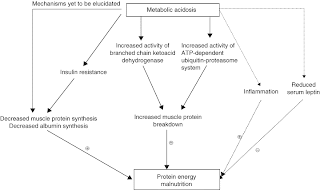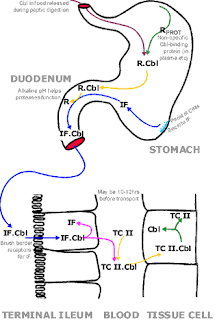Amblyopia, or "lazy eye," is the loss of one eye's ability to see details. It is the most common cause of vision problems in children.
This confuses the brain, and the brain may learn to ignore the image from the weaker eye.
Strabismus is the most common cause of amblyopia. There is often a family history of this condition.
The term "lazy eye" refers to amblyopia, which often occurs along with strabismus. However, amblyopia can occur without strabismus and people can have strabismus without amblyopia.
Other causes include:
Children with a refractive error (nearsightedness, farsightedness, or astigmatism) will need glasses.
Next, a patch is placed on the normal eye. This forces the brain to recognize the image from the eye with amblyopia. Sometimes, drops are used to blur the vision of the normal eye instead of putting a patch on it.
For treatment of crossed eyes, see: Strabismus
Children whose vision will not fully recover, and those with only good eye due to any disorder should wear glasses with protective polycarbonate lenses. Polycarbonate glasses are shatter- and scratch-resistant.
Delaying treatment can result in permanent vision problems. After age 10, only a partial recovery of vision can be expected.
Causes, incidence, and risk factors
Amblyopia occurs when the nerve pathway from one eye to the brain does not develop during childhood. This occurs because the abnormal eye sends a blurred image or the wrong image to the brain.This confuses the brain, and the brain may learn to ignore the image from the weaker eye.
Strabismus is the most common cause of amblyopia. There is often a family history of this condition.
The term "lazy eye" refers to amblyopia, which often occurs along with strabismus. However, amblyopia can occur without strabismus and people can have strabismus without amblyopia.
Other causes include:
- Childhood cataracts
- Farsightedness, nearsightedness, or astigmatism, especially if it is greater in one eye
Symptoms
- Eyes that turn in or out
- Eyes that do not appear to work together
- Inability to judge depth correctly
- Poor vision in one eye
Signs and tests
Amblyopia is usually easily diagnosed with a complete examination of the eyes. Special tests are usually not needed.Treatment
First, any eye condition that is causing poor vision in the amblyopic eye (such as cataracts) needs to be corrected.Children with a refractive error (nearsightedness, farsightedness, or astigmatism) will need glasses.
Next, a patch is placed on the normal eye. This forces the brain to recognize the image from the eye with amblyopia. Sometimes, drops are used to blur the vision of the normal eye instead of putting a patch on it.
For treatment of crossed eyes, see: Strabismus
Children whose vision will not fully recover, and those with only good eye due to any disorder should wear glasses with protective polycarbonate lenses. Polycarbonate glasses are shatter- and scratch-resistant.
Expectations (prognosis)
Children who get treated before age 5 will usually recover almost completely normal vision, although they may continue to have problems with depth percention.Delaying treatment can result in permanent vision problems. After age 10, only a partial recovery of vision can be expected.
Complications
- Eye muscle problems that may require several surgeries, which can have complications
- Permanent vision loss in the affected eye
Prevention
Early recognition and treatment of the problem in children can help to prevent permanent visual loss. All children should have a complete eye examination at least once between ages 3 and 5.
Special techniques are needed to measure visual acuity in a child who is too young to speak. Most eye care professionals can perform these techniques.
Special techniques are needed to measure visual acuity in a child who is too young to speak. Most eye care professionals can perform these techniques.









































